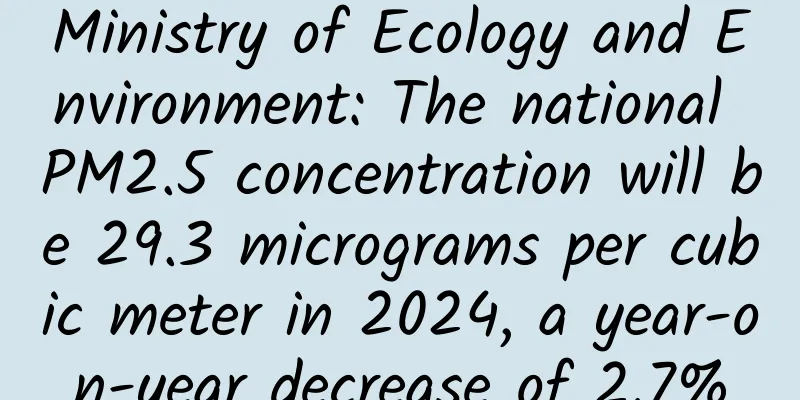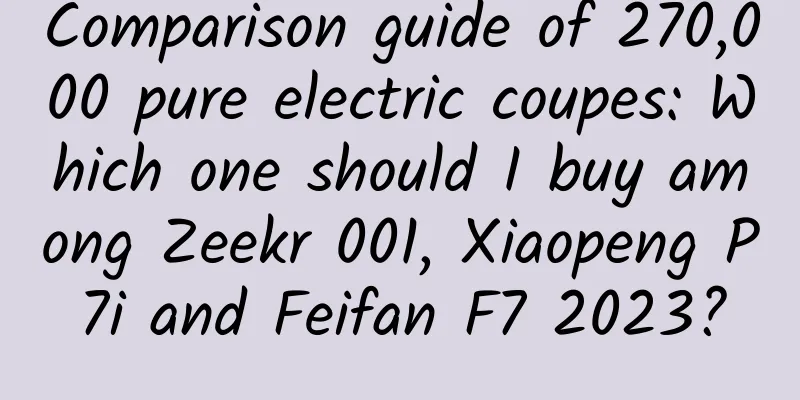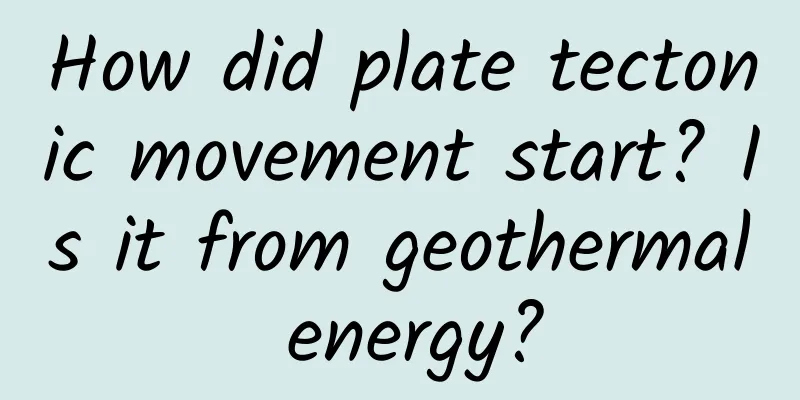Ministry of Ecology and Environment: The national PM2.5 concentration will be 29.3 micrograms per cubic meter in 2024, a year-on-year decrease of 2.7%

|
According to recent news, China's ambient air will improve overall in 2024, with PM2.5 concentration down 2.7% year-on-year. Li Tianwei, Director of the Department of Atmospheric Environment of the Ministry of Ecology and Environment of China, said today that in 2024, the PM2.5 concentration in cities at or above the prefecture level will be 29.3 micrograms per cubic meter, down 2.7% year-on-year; the proportion of good days will be 87.2%, up 1.7 percentage points year-on-year; the proportion of days with severe or above pollution will be 0.9%, down 0.7 percentage points year-on-year. All three constraint indicators are better than the annual targets. In addition to the significant improvement, the national ambient air quality improved widely last year. The PM2.5 concentration in the Beijing-Tianjin-Hebei region decreased by 3.4% year-on-year, higher than the national average; the PM2.5 concentration in the Tianshan North Slope Urban Agglomeration, Chengdu-Chongqing Region, Fenwei Plain, the Yangtze River Middle Reaches Urban Agglomeration, and the Yangtze River Delta region decreased by 13.4%, 10.8%, 4.8%, 4.4%, and 0.9% year-on-year, respectively. Last year, the coordinated control of PM2.5 and ozone achieved initial results. Compared with 2019, the national PM2.5 concentration dropped by 19.4%, and the ozone concentration dropped by 2.7%, and remained stable at 144-145 micrograms per cubic meter for three consecutive years, and the upward trend since 2015 has been initially curbed. Prior to this, a report issued by Beijing showed that an analysis of the sources of fine particulate matter (PM2.5) showed that the major local emission pollution sources were mobile sources, accounting for 46%, among which the main "contribution" came from diesel and gasoline vehicles. Environmental experts gave an example. If a fuel car travels 11,000 kilometers a year, it will consume about 1 ton of fuel and emit about 2.5 tons of carbon dioxide. If it is replaced with a new energy vehicle, at least 1.5 tons of carbon dioxide emissions can be reduced. Compared with the emissions of pollutants such as particulate matter and nitrogen oxides, new energy vehicles have the advantage of "zero emissions". |
<<: Major breakthrough in non-volatile memory: expected to completely replace existing hard drives
>>: Who will take the lead in the new trend of shoe washing machines?
Recommend
Google officially starts pushing Android 5.0 Lollipop
[[122605]] At this year's Google I/O develope...
How do beauty brands achieve from 0 to 1?
In recent years, the domestic beauty and skin car...
5 ways to promote your app
Now when you open the app store, whether it is fr...
Why do I see this strange phenomenon when I go to Finland?
In Finland, you can always see some very strange ...
13 aspects to consider when developing a mobile app
This article is for newcomers to the field of mob...
Marketing promotion: Luckin Coffee’s traffic pool thinking!
Luckin Coffee ’s new product, the Lucky Snacks, h...
How do I migrate a WeChat mini program to a Baidu mini program?
Q: How do I migrate a WeChat mini program to a Ba...
Do pregnant mules die? Why can't mules give birth? The culprit is...
Expert of this article: Zhao Xumao, Young Researc...
Hongmeng Intelligent Driving ushers in another OTA upgrade, and the large-model car-mounted Xiaoyi unlocks more voice skills!
Recently, Hongmeng Intelligent Driving has ushere...
Why do we put small stones in sugar-roasted chestnuts? Can bright chestnuts cause cancer? The truth is…
Expert of this article: Pa Lize, chief physician ...
How to create an invisible competitive "field" in the live broadcast room?
If you are already doing live streaming, you must...
Product selection course for high profits in the blue ocean is a must for e-commerce people!: As long as you can choose good products, you can easily make millions of profits a year
Product selection course for high profits in the ...
User promotion: 6 common forms of bringing in new users
Today's article would like to explain to you ...
SAIC Motors enters online car-hailing business, "Xiangdao Travel" starts trial operation on November 18
According to a report by the Economic Voice "...
What is the use of Douyin enterprise certification and what are the benefits of Douyin enterprise certification?
In recent years, Douyin has become extremely popu...







![[Excellent Tutorial] Making an Archery Game with Cocos2d-x v3.6 (Part 2)](/upload/images/67ebe7f662754.webp)

